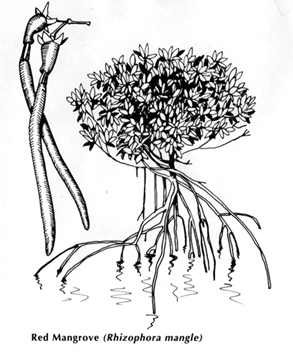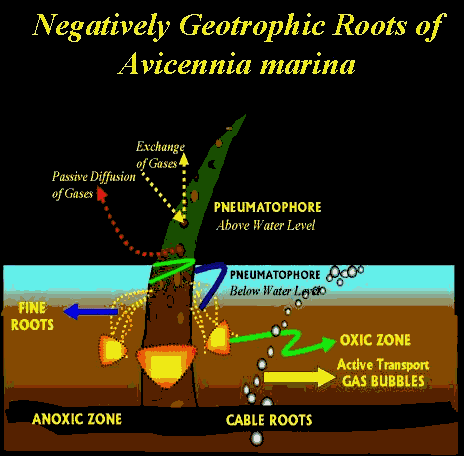|

|
Study Area:
The
Indian peninsula harbors some of the thickest mangrove swamps in the
world, located in the alluvial deltas of rivers such as the Ganges,
Mahanadi, Godavari, Krishna and Cauvery, with a majority (80%) along
the east coast of India. In this study, luxuriant mangroves (Fig. 1)
along the Cauvery delta (Pichavaram) and sparse mangroves along the
Chennai basin (Ennore Creek and Adyar Creek and the Pulicat Lake), will
be studied to highlight the changes in nutrient biogeochemistry. Mangroves
from a pristine site will be studied as a control. For this purpose,
the least disturbed and best-preserved mangroves in the Andaman Islands
will be studied to understand the biogeochemistry of an unimpacted mangrove
ecosystem.
Fig
: Map of the Study Sites (Mangrove
Ecosystems) along the Bay of Bengal
Coast in the Indian subcontinent

Table: Current
status of pollution in the proposed study sites
|
S.
Nr.
|
Location
|
Pollutant
Source
|
Effluent
Discharge (mld d-1)
|
Current
impact on mangrove ecosystems
|
|
1
|
Andaman
Islands
|
None
|
None
|
Unimpacted:
Protected National Reserve
|
|
2
|
Pichavaram
Mangroves
|
Non-point
Source (Agricultural effluents)
|
Not
Available
|
Increased
primary productivity
|
|
3
|
Muthupet
Mangroves
|
Non-point
Source (Aquaculture Effluents)
|
Not
Available
|
Increased
nutrient (particularly NO3) in the surface waters. High Nitrogen
content in the sediments
|
|
4
|
Sunderban
Mangroves
|
Not
Available
|
Not
Available
|
Will
be obtained during the course of this project
|
Root Structure
of the Mangroves:

|



